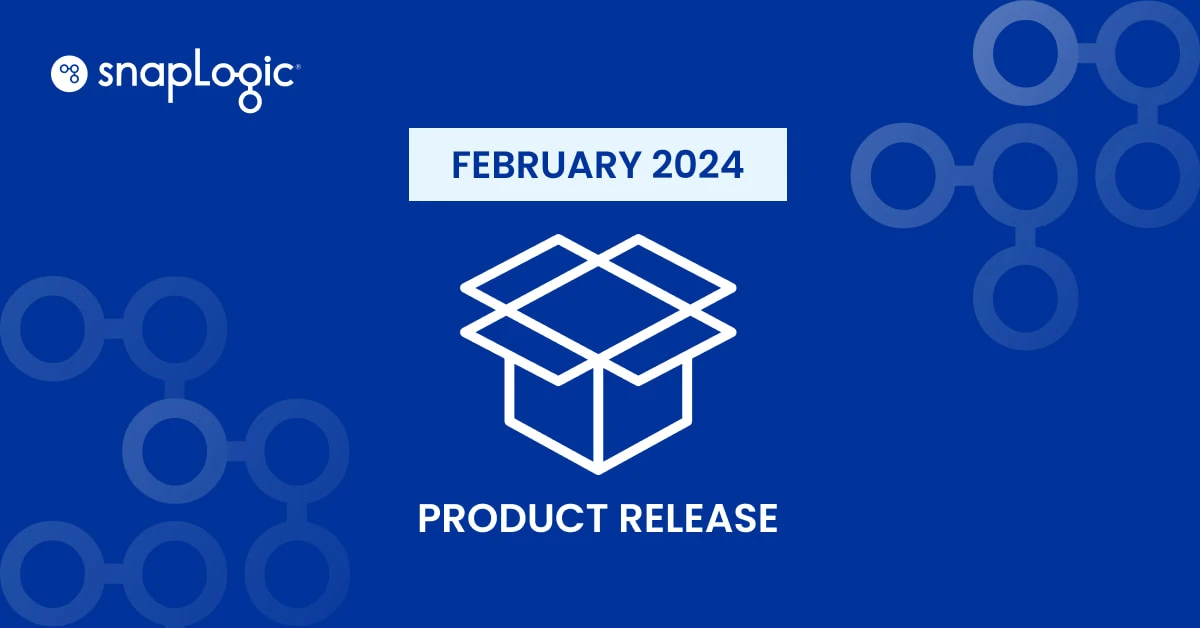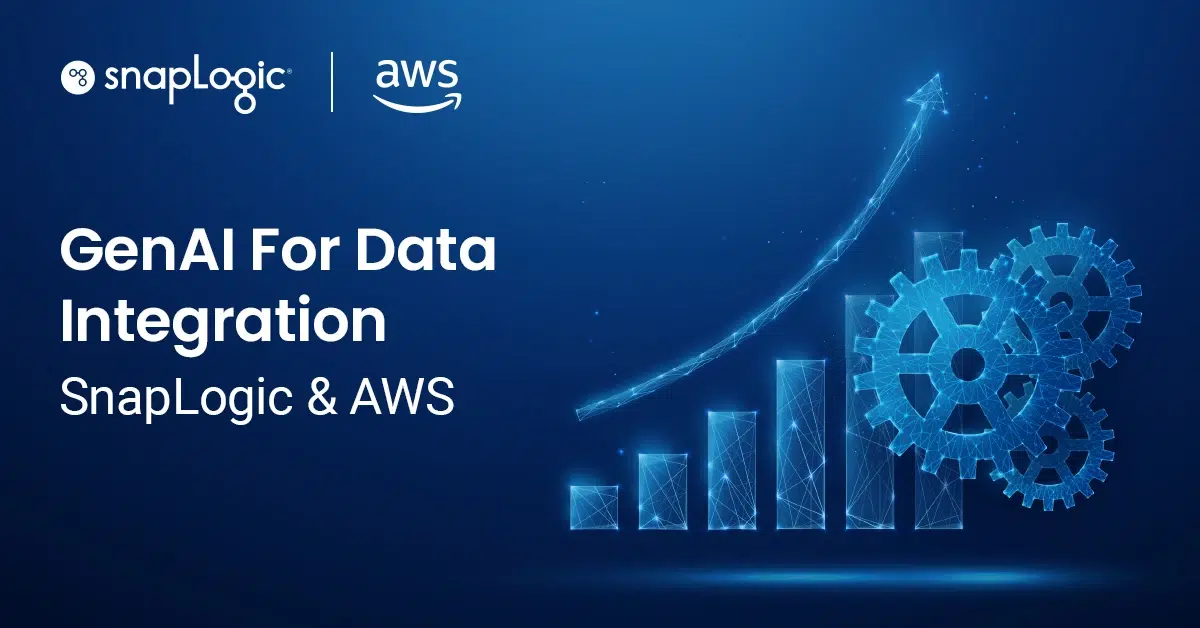In 2018, more CIOs will be measured on: 1) how they can help their companies create and launch new business models to keep their companies competitive, and 2) how they can leverage technology to improve productivity to gain better operating efficiencies.
There are several examples of technology being used to achieve these two objectives:
- Manufacturers are implementing Internet-of-Things (IoT) technology, which helps them go to market with innovative business strategies while enabling them to significantly improve their operating efficiencies. For example, they can remotely monitor their smart devices to decide when preventive maintenance is due and create new service models.
- Traditional financial and consumer services companies are rushing to adopt digital business models (digital transformation) to successfully compete and grow against “digital native” disruptors in their space, such as ApplePay, Venmo, Kayak, and Airbnb.
- Traditional retailers are implementing e-commerce models with personalization, dynamic pricing, and in-store pickups to take on e-commerce-only companies.
Initiatives like these require not only implementing new operational systems but more important, integrating current and new systems together to make the organization more responsive. These initiatives may also require CIOs to integrate their current and new operational systems with analytics platforms to gain better business insights, for example. And application program interfaces (APIs) are the glue to make this happen.
APIs, not unlike what user interfaces do for humans and their apps, are interfaces instead for software, used by software applications in much the same way. Around for decades, APIs provide for an assortment of various use cases, and now are critical for enterprises across all industries to operate their business at scale
So, how can APIs help IT deliver on these transformational initiatives in a timely manner, while also ensure existing systems are kept running well? IT departments have limited budgets that usually don’t increase fast enough to meet these demands. Fortunately, there are options like SaaS, which has helped CIOs implement new systems quickly and at lower costs. SaaS has meant IT doesn’t have to spend resources to deploy and maintain these systems in internal data centers. And now, cloud-based integration platforms – designed for use by business analysts – can offload a lot of integration work from the IT organization, freeing IT to pursue transformation initiatives. Such integration platforms are not only scalable and quick to deploy, but more important, they enable business analysts to easily consume APIs from these internal systems for integration. Also, the right integration platform allows them to create and expose APIs from legacy systems and databases so that they can be easily integrated.
SnapLogic was created to solve the exact problem that transformational initiatives bring, and is used by hundreds of organizations to deliver such API-based integrations quickly and in a timely manner. SnapLogic offers 400 pre-configured, intelligent connectors that leverage APIs for popular applications, databases, analytics solutions, data warehouses, and other products to help companies in any industry speed up their integration initiatives. Connector Snaps leverage APIs to simplify and speed up the process of connecting various endpoints. We’re finding that SnapLogic has become integral to strategies that many CIOs are championing to meet their goals of implementing new business models and improving organizational productivity.
What types of transformational IT projects are you leading in your organization?












